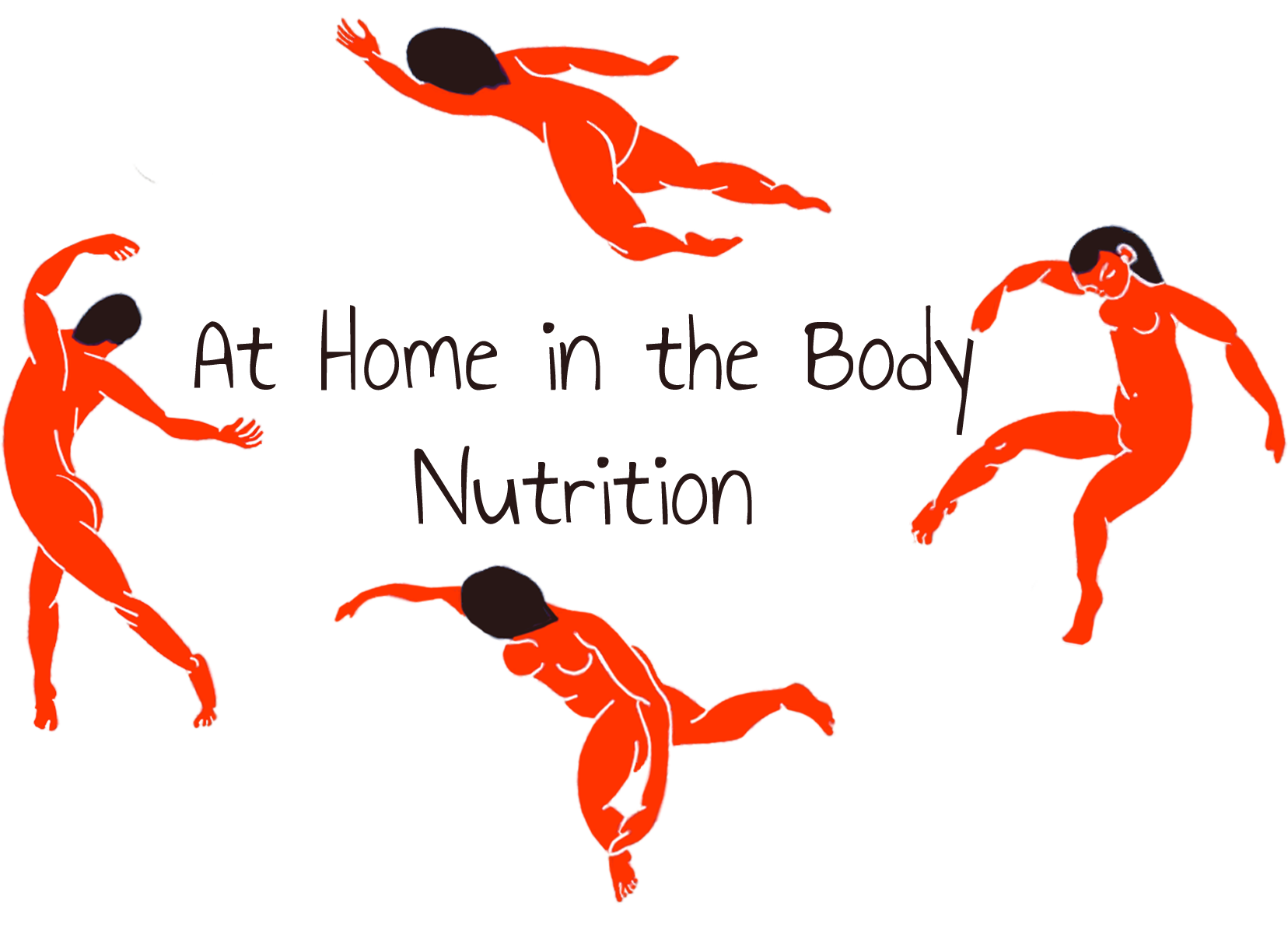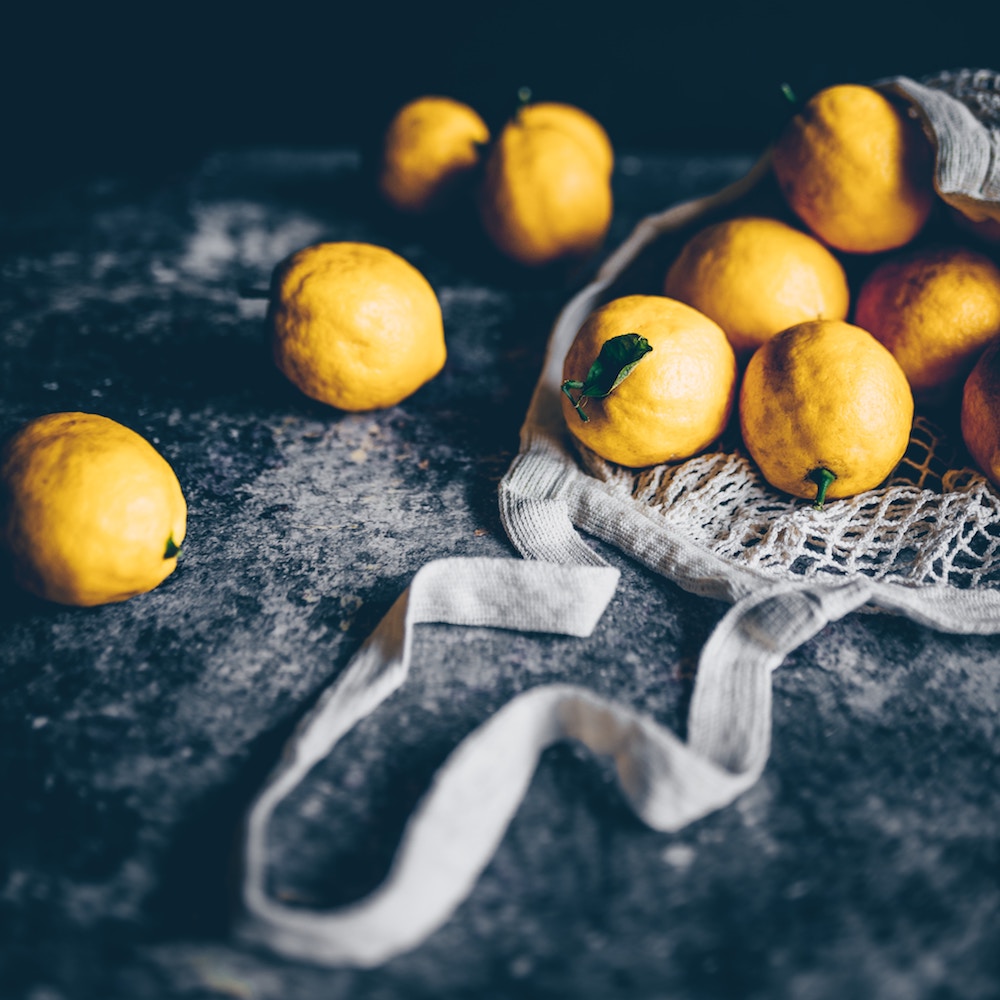How is it possible that something as simple as foraging for wild foods can improve your gut health?
Does your diet have biodiversity?
Seventy-five percent of the food that people eat globally comes from twelve plant and five animal species (United Nations Food and Agricultural Organization [FAO], 2004). A trip to the grocery store is a first-hand lesson in this loss of diversity. In contrast, Nature’s grocery store is filled with biodiversity. There are hundreds of thousands of species of wild, edible foods worldwide (FAO, 2004), and hundreds of them grow near where I live, in the Northeast of the United States.
Diet diversity has been associated with improved health in humans. According to Hanley-Cook et al. (2021), “dietary species richness” is correlated with decreased total and cause-specific mortality (science-speak for: Foraging is really really good for you). Additionally, the foods that we eat have a profound effect on the composition of our microbiome (David et al., 2014). Eating a variety of foraged foods is an opportunity to nurture our gut microbes with novel substrates.
Surprisingly, most of the greens that Americans typically eat—such as broccoli, kale, collards, and cabbage—are actually one single species of plant: Brassica oleracea. Nature is filled with many different species of wild greens: nettles, garlic mustard, dandelion greens, miner’s lettuce, and purslane, to name just a few.
Wild foods are medicine
Many wild foods have properties that are beneficial for human health. In particular, certain wild mushroom species have immune-modulating, prebiotic, antiviral, antibacterial, cholesterol-lowering, and other properties that support human health (Stamets, 2005). While it is possible to buy mushrooms in the grocery store, variety is often quite limited, and organically grown mushrooms can be quite expensive. Typically, grocery store does not sell chaga, maitake, reishi, and chicken of the woods. In reality, when these mushrooms are stocked in stores, they tend to be prohibitively expensive to buy. Many varieties of mushrooms, such as chanterelles, morels, boletes, and suillus only grow in wild conditions and cannot be cultivated. Foraging, if done carefully and safely, is a much more accessible and affordable way of incorporating a diverse array of mushrooms into the diet.
A variety of foods means a variety of nutrients
Similarly, foraging for seaweed is an opportunity for eating a more diverse range of species than can be purchased in the grocery store. Seaweed is an excellent source of iodine, trace minerals, and vitamins. It is also a rich source of protein, and it contains polysaccharides and dietary fiber that feed the gut microbiome. The composition of nutrients present in seaweed varies greatly from species to species (Ducharme, 2019), giving all the more incentive to eat a variety of them foraged in the wild.
This is your excuse to get outside!
There are so many opportunities to forage for wild foods. Whether you live near a forest, coastline, or park, wild edible foods surround us. It’s also an incredible excuse to get outside, get some sunlight, and some exercise. Foraging is the original food ritual, and it holds the possibility of showing us nature’s abundance.
Learn more about how to work with us: here.
References
David, L. A., Maurice, C. F., Carmody, R. N., Gootenberg, D. B., Button, J. E., Wolfe, B. E., Ling, A. V., Devlin, A. S., Varma, Y., Fischbach, M. A., Biddinger, S. B., Dutton, R. J., & Turnbaugh, P. J. (2014). Diet rapidly and reproducibly alters the human gut microbiome. Nature, 505(7484), 559–563. https://doi.org/10.1038/nature12820
Ducharme, J. (April 30, 2019). Is Seaweed Healthy? Here’s What Experts Say. Time. https://time.com/5559578/is-seaweed-healthy/
Hanley-Cook, G. T., Huybrechts, I., Biessy, C., Remans, R., Kennedy, G., Deschasaux-Tanguy, M., Murray, K. A., Touvier, M., Skeie, G., Kesse-Guyot, E., Argaw, A., Casagrande, C., Nicolas, G., Vineis, P., Millett, C. J., Weiderpass, E., Ferrari, P., Dahm, C. C., Bueno-de-Mesquita, H. B., Sandanger, T. M., … Lachat, C. (2021). Food biodiversity and total and cause-specific mortality in 9 European countries: An analysis of a prospective cohort study. PLoS medicine, 18(10), e1003834. https://doi.org/10.1371/journal.pmed.1003834
Stamets, P. Mycelium Running, 2005. Berkeley, CA: Ten Speed Press.
United Nations Food and Agricultural Organization. (2004). What is happening to agrobiodiversity? [htm website]. Retrieved from: https://www.fao.org/3/y5609e/y5609e02.htm


